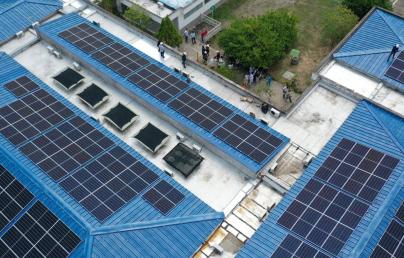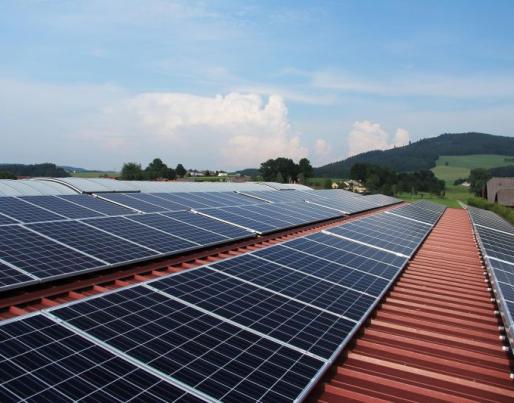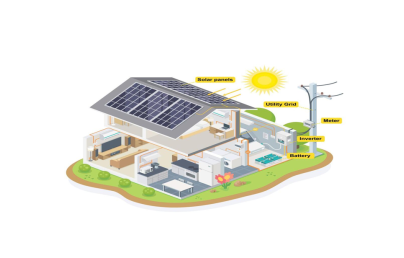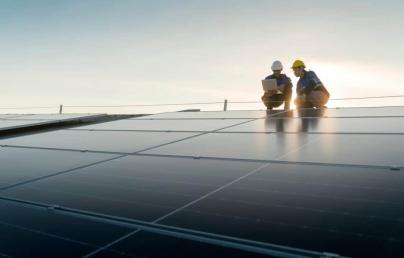
Accelerating energy efficiency: What governments can do now to deliver energy savings

Accelerating energy efficiency: What governments can do now to deliver energy savings
Energy efficiency rewards action. Countries that really pushed on energy efficiency over the last few decades now see lower consumer costs, lower fuel imports, and lower emissions. But today, the imperative to act quickly on energy efficiency has never been stronger.
Russia's invasion of Ukraine has put the spotlight on energy demand for both governments and the public, not least in Europe. In the IEA’s 10-Point Plan to Reduce the European Union’s Reliance on Russian Natural Gas, demand reduction through efficiency and behaviour change plays a key role. The European Commission has proposed a set of measures to make Europe independent from Russian fossil fuels well before 2030, in line with its longer-term decarbonisation strategies.
Existing efficiency policy frameworks can be the launch pad for fast action, especially because plenty of efficiency potential is ready to be captured. In some EU countries, the average dwelling consumes almost twice as much energy to heat per square metre than in other countries, even with similar climates. The annual rate of improvement of home efficiency has also varied over the past five years – some countries have not improved at all, while others have lowered energy consumption per square metre by up to 4% per year.
It is now very clear that energy efficiency can reduce fuel import dependence, lessen exposure to energy price volatility, and contribute to climate change mitigation, while making systems and societies more resilient. While Europe is on the front line, these issues are inherently global, as we see from the widespread interest in our 10-Point Plan. So what are the key actions for lowering energy demand quickly?
The key measures identified in the 10-Point Plan relate to upgrading the efficiency of homes and other buildings. This involves upgrading insulation, accelerating the installation of heat pumps, installing digital thermostats and helping small businesses become more efficient. It also includes encouraging people to take action by reducing the temperature of their heating thermostat.
The average temperature for buildings’ heating across the EU at present is above 22°C. Adjusting the thermostat for buildings heating by one degree could save as much as 10 bcm of annual gas demand, equivalent to the annual gas demand of Austria. These are actions of relevance to countries and citizens around the world.
Read the full article here.

